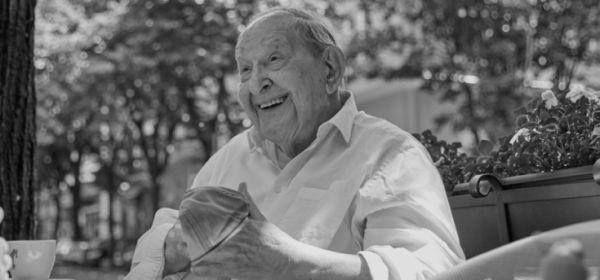Kosutnjak
Look at mapThe forest-park Kosutnjak is located near the Topcider park and the castle of Milos. The first mentions of this area can be found in scriptures dating from 1813 which speak of a dense oak forest. After the castle of prince Milos had been built, a protective fence is erected around the forest by royal decree and specialized groundskeepers are appointed. Thanks to these security measures Kosutnjak had soon become a hunting ground teeming with game which it remained until halfway through the 19th century, but only for royalty to use. The prince had a habit of bringing certain foreign dignitaries along for hunting in that area. In the year 1849 it was noted that living in the forest are 13 bucks and 35 does, which was how the entire forest got its name (Kosutnjak: ‘kosuta’ means ‘doe’ in Serbian). The hunting grounds were very modern for that day and age and even had specialized feeders and a water supply for the wildlife living in the forest.
Shortly before World War I began, the protective fence around the forest was removed and in 1903 the forest was opened to the public which, sadly, resulted in the disappearance of the does and other wildlife. Roads were established through the forest as well as a railway station with wide plateau where back in the day the club “Soko” held its exercises. There also used to be a golf course there which is gone today, existing now only in the name of a local restaurant.
 Foto: Milena Arsenić
Foto: Milena Arsenić
Prior to the Second World War, there had been plans to build a ski center there and a 40m jumping platform was built for this purpose. However, the lack of interest and unsuitable climate prevented that idea from taking off and what was built was soon destroyed in the war. In the year 1953 the jumping platform was rebuilt and the first and last ski jump contest was held, attracting around 2000 spectators.
Many historically important places and monuments are located in Kosutnjak, many of which sadly forgotten. For example, there are two monuments dedicated to the soldiers who died during World War I. The larger one was built out of white marble and dedicated to the Austro-Hungarian fighters while the smaller one bears a mention and commendation to the fallen Serbian heroes, more specifically the 36 soldiers of the 7th brigade who had spent two nights defending Kosutnjak from the many times more numerous attacking force. Interestingly, both monuments were erected side by side by the Austro-Hungarian marshal fon Mackenzen.
 Foto: Milena Arsenić
Foto: Milena Arsenić
Located nearby is also the Topcider graveyard, founded in the 19th century. Despite its name, the graveyard is actually located at the edge of Kosutnjak, rather than in Topcider itself. Located here is the st. Trifun chapel from 1093 and in its vicinity there is a large obelisk, standing atop duke Stevan Kricanin’s grave. Resting here are many other historical figures such as Isidora Sekulic and Dr. Archibald Rice, a criminologist, publicist and honorary captain in the Serbian military from Switzerland who was a great friend to the Serbian people. By his own request, his heart was buried at the top of Kajmakcalan.
Still, the single most important historical location in Kosutnjak had always been the Hajduk drinking fountain where the prince Mihajlo Obrenovic was assassinated 10th of June in 1868. This water fountain is one of the oldest springs in Belgrade and today a popular gathering and festival location.
 Foto: Milena Arsenić
Foto: Milena Arsenić




 16 ℃
16 ℃



